Government has plans to rear hilsa fish at cages in sea.
The national coordination committee for extraction and maintenance of maritime resources suggested conducting feasibility test at the Bay of Bengal and adjoining rivers.
The ministry of fisheries and livestock will discuss the issue with researchers and officials to examine the feasibility and costs of hilsa farming.
Area identification in coastal areas is in progress
Hilsa fish farming is planned to further improve the blue economy. To this end, some pocket areas of non-water in the coastal areas need to be identified. Where the excess of tide is low. A total of 9 plans were adopted in the fisheries sector as part of the government's long-term Blue Economy Development Action Plan. One of these plans is to cultivate hilsa in cages in offshore areas. The estimated budget for the feasibility study is Tk 42 crore.
Joint Chief-Joint Secretary and head of Blue-Economy department of the Fisheries and Livestock Ministry,Mashiur Rahman, said that the issue of hilsa or any fish farming in cages in the sea is completely new. Researchers will be consulted to identify the location by verifying the feasibility of cage hilsa rearing.
Plans to add the private sector
The plan to farm cage hilsa in offshore areas states that both public and private sectors can jointly take this initiative. As an implementing agency, the Ministry of Fisheries and Livestock as well as the Department of Fisheries, Institute of Marine Sciences and Fisheries, Bangladesh Fisheries Research Institute's saltwater station and marine station can work simultaneously.
Fish is being farmed in the seas of different countries
In 2006, Norway began caged salmon farming in their seas. Norway is currently the world's largest exporter of fish. In addition, such cultivation has started in Vietnam and China. In addition, the United States, China and some other countries are now investing more in offshore aquaculture or sea fish farming.
Annual production of 6 lakh tons of hilsa
According to the latest data from the International Fisheries Research Organization, Worldfish, last year, 8 percent of the world's hilsa is now being produced in Bangladesh. Even a few years ago, it was 75 percent of the world's total hilsa production. The production has been 5 lakh 50 thousand tons in the fiscal year 2019-20 and the production is expected to be above 6 lakh tons in the fiscal year 2020-21.




-20251212053626.jpeg)
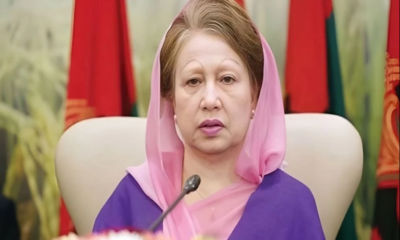

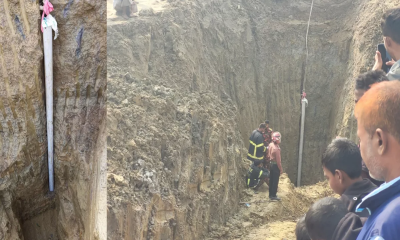
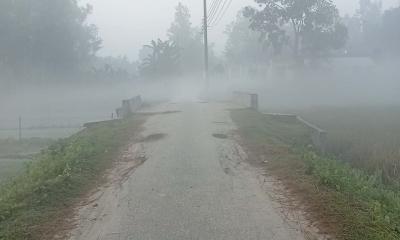
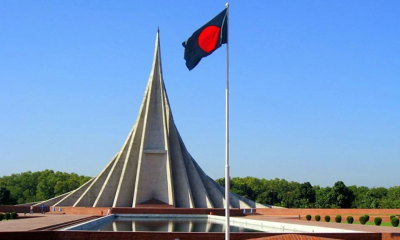
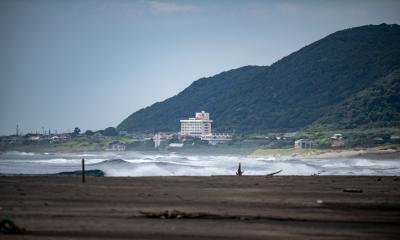

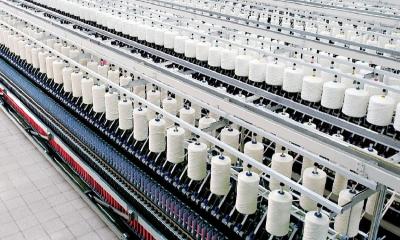




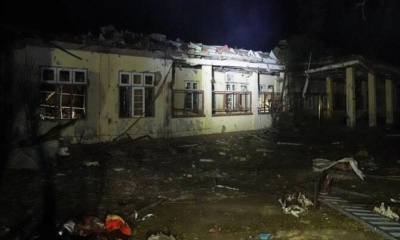

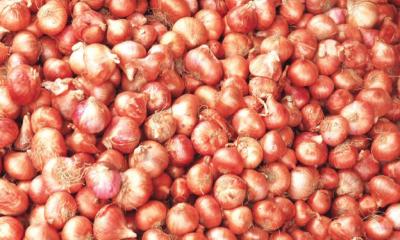

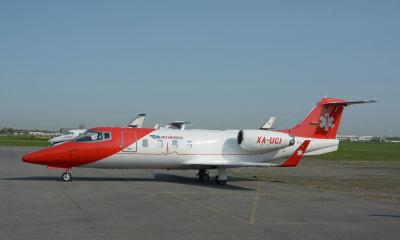





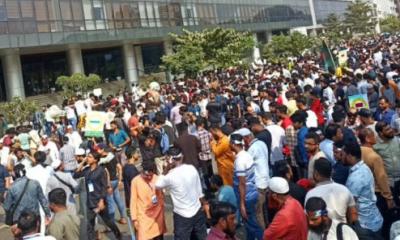
-20251207131533.jpg)


